It rained last night after I took the pictures of the mushrooms in my yard, and it rained most of the day today. As a matter of fact, it's been raining almost constantly and the current five-day forecast is for nothing but rain, rain, and more rain.
The alien life forms in my yard used the opportunity to transmorgify into new shapes and forms. Remember the Caesar's Mushrooms that a mere 24 hours ago looked like little cherry tomatoes? Overnight, they morphed into the flat-topped mushrooms above and below.
The Small Death Angel mushrooms also transformed overnight. The one on the left below was more of a button on a stem than the flat-topped 'shroom that it is today, and the one on the right, which was flat topped yesterday, has curled upwards, catching rainwater in its newly formed cup.
Some new buttons are also popping up out of the gravel, indicating the Small Death Angel is not done yet.
It might seem like the mushrooms are metamorphosing into remarkably different forms, but what I find interesting is that the mushrooms that we see are only a small part, the tip of the iceberg, of the actual organism, which is far stranger still. Most of the organism, neither plant nor animal, that produced the mushroom is living underground as a spreading network of threads called hyphae. The collection of hyphae belonging to one individual fungus is called the mycelium. The total length of the mycelium of an individual fungus may spread through a substantial area of soil and can be measured in miles.
So the individual mushrooms we see above are like a flower growing on a tree. But the "tree," instead of being a tall, vertical structure, is spread out in underground threads. As they spread, the hyphae are digesting the dead leaves and other decaying matter in the soil. We animals basically do something similar by walking around devouring food and digesting it internally. But instead of passing the food through their body, fungi pass their hyphae through the food, secreting digestive enzymes and digesting the soil material where it lies.
When the conditions are right, the hyphae come together and form a single solid recognizable structure, such as the mushrooms we occasionally see sticking up out of the ground. But when things dry up, the fungus retreats back underground, out of sight and out of mind, where we forget about it until it rains again.
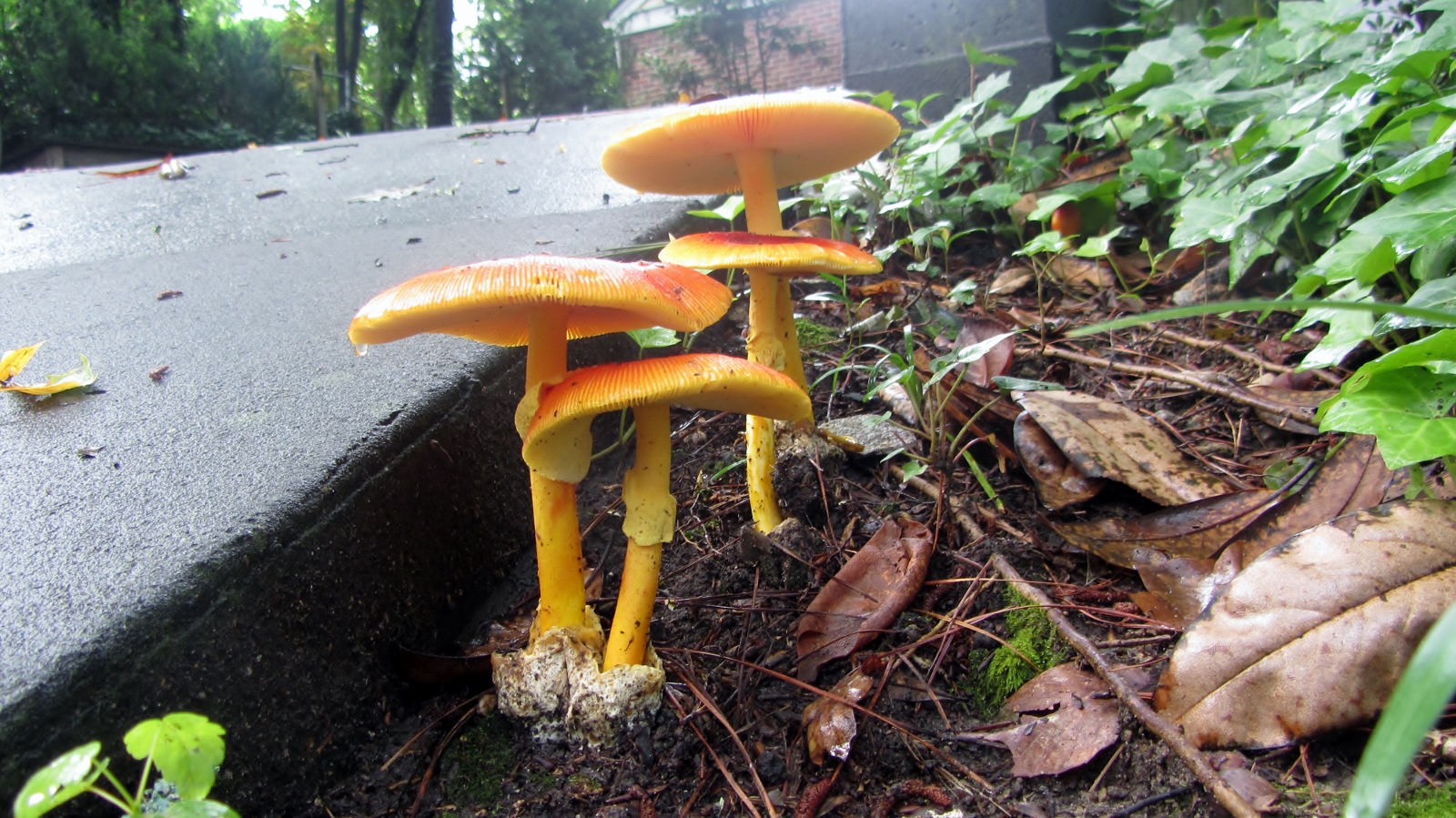
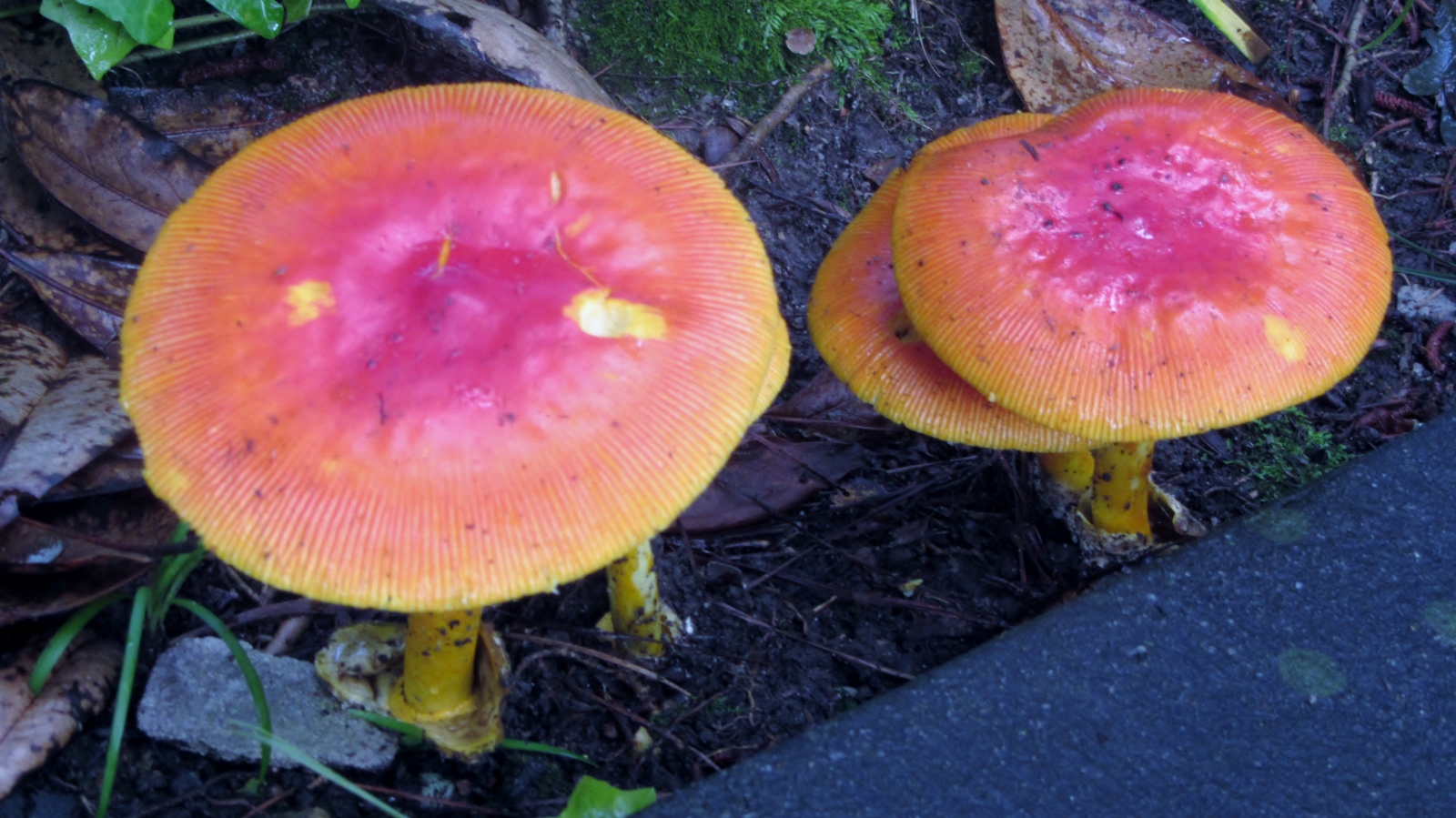
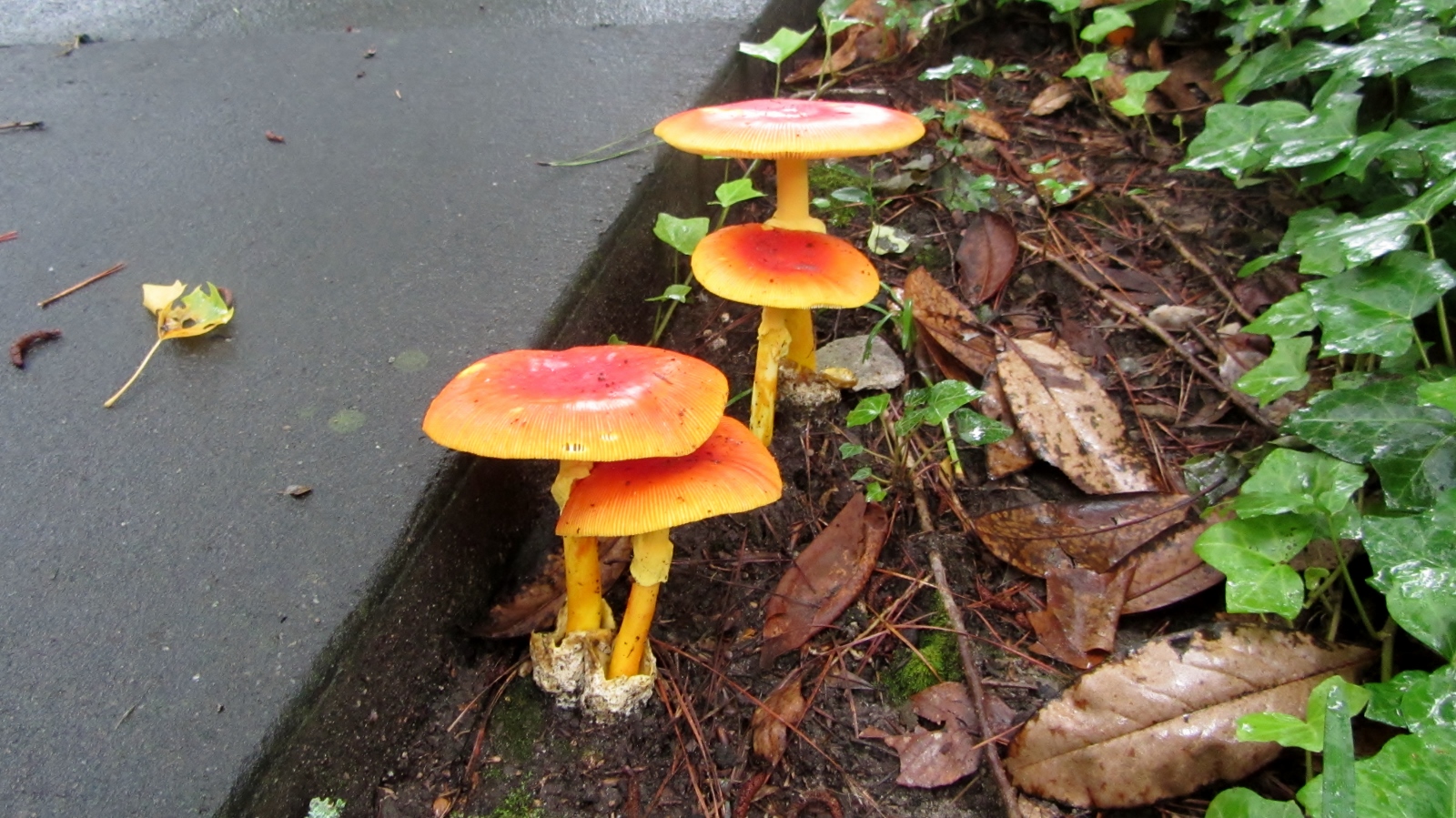
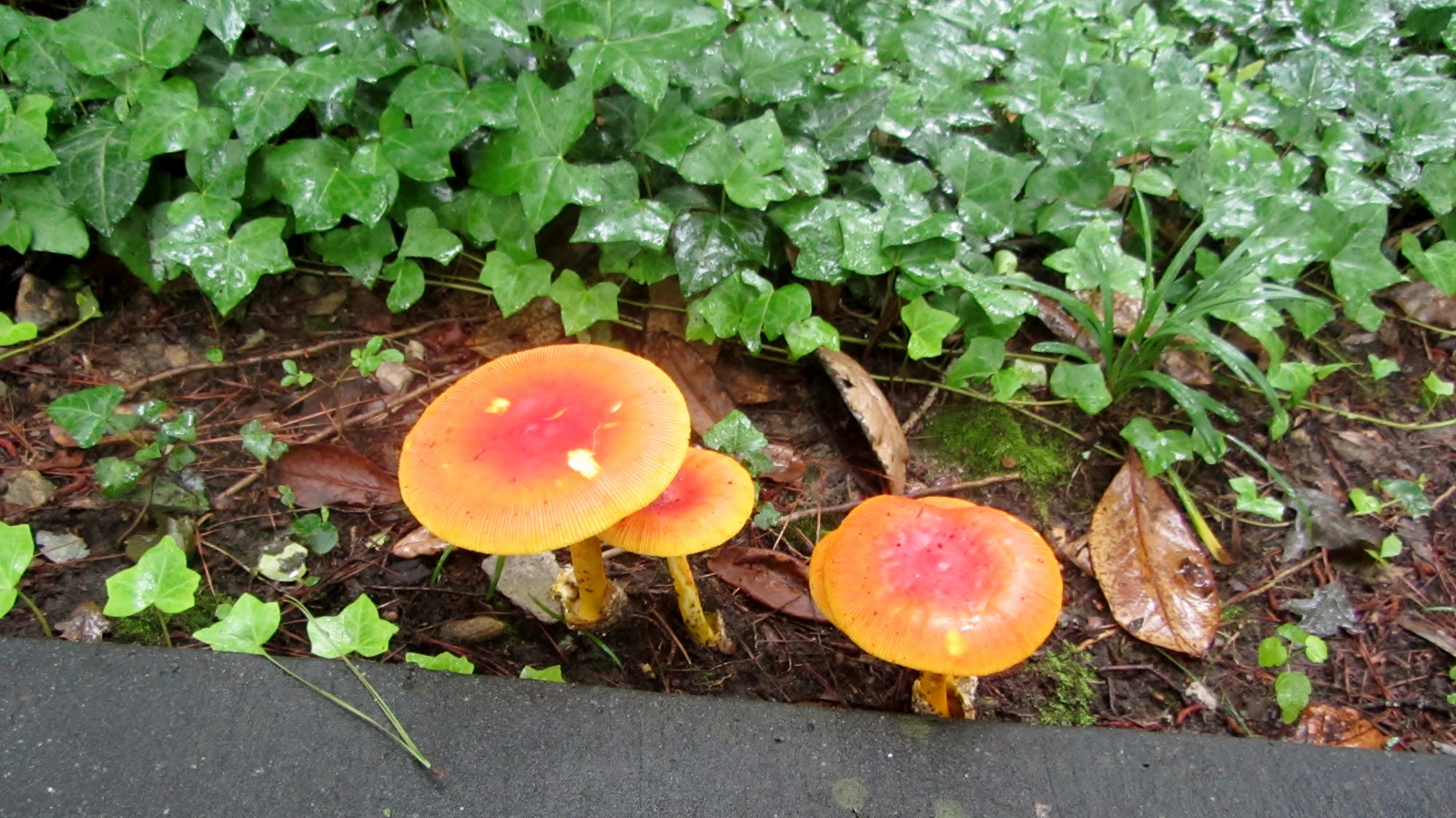
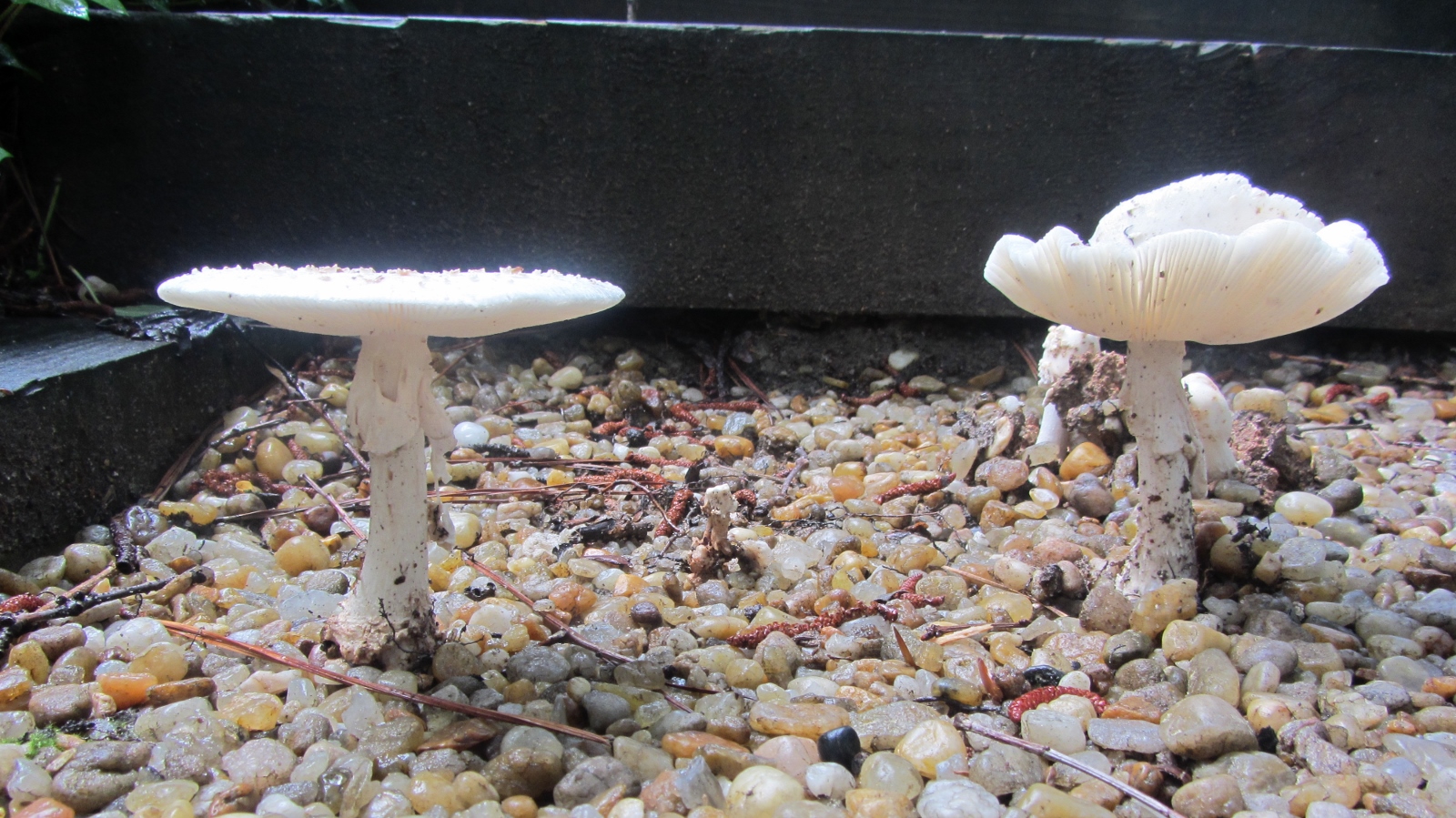

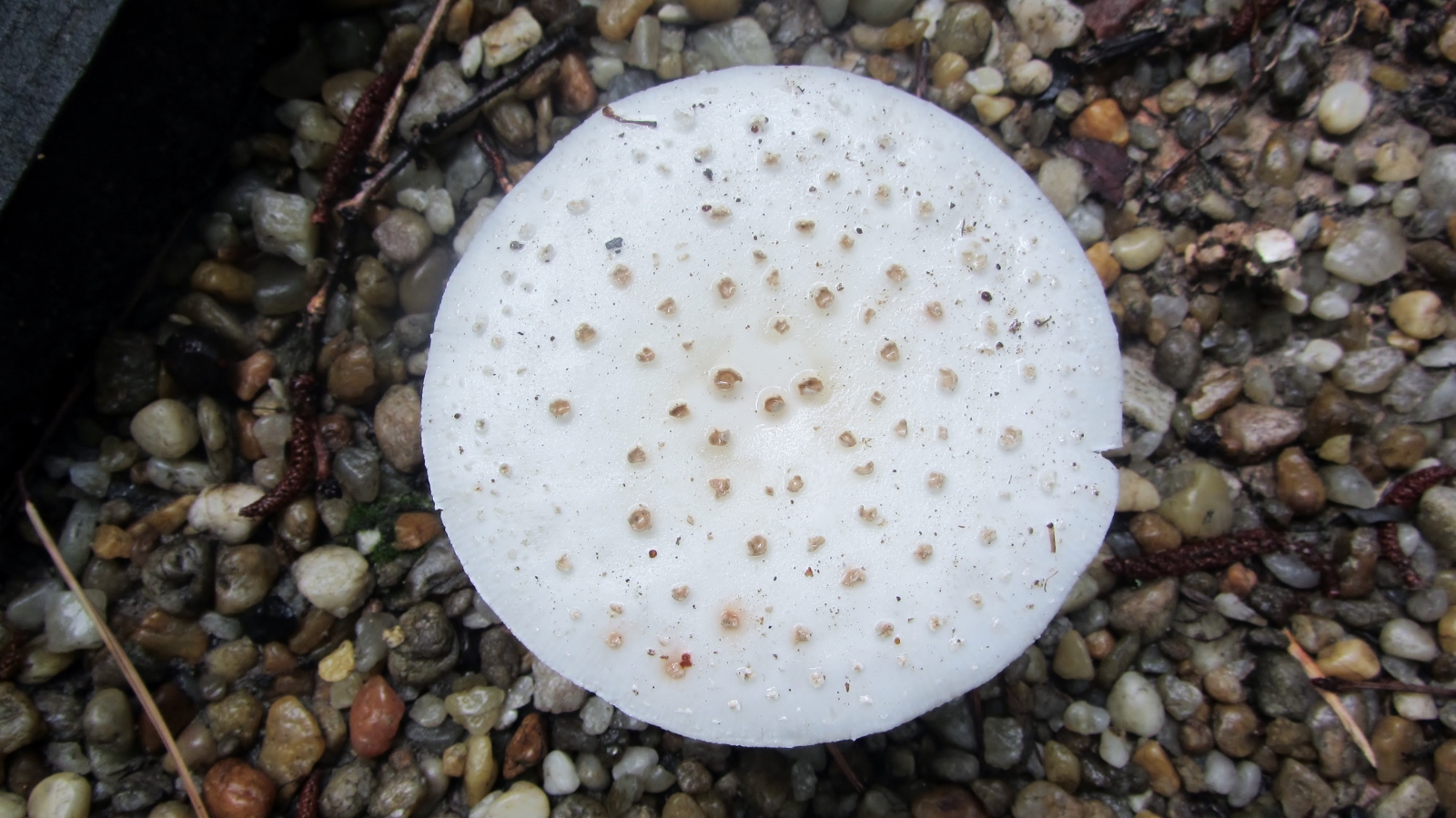
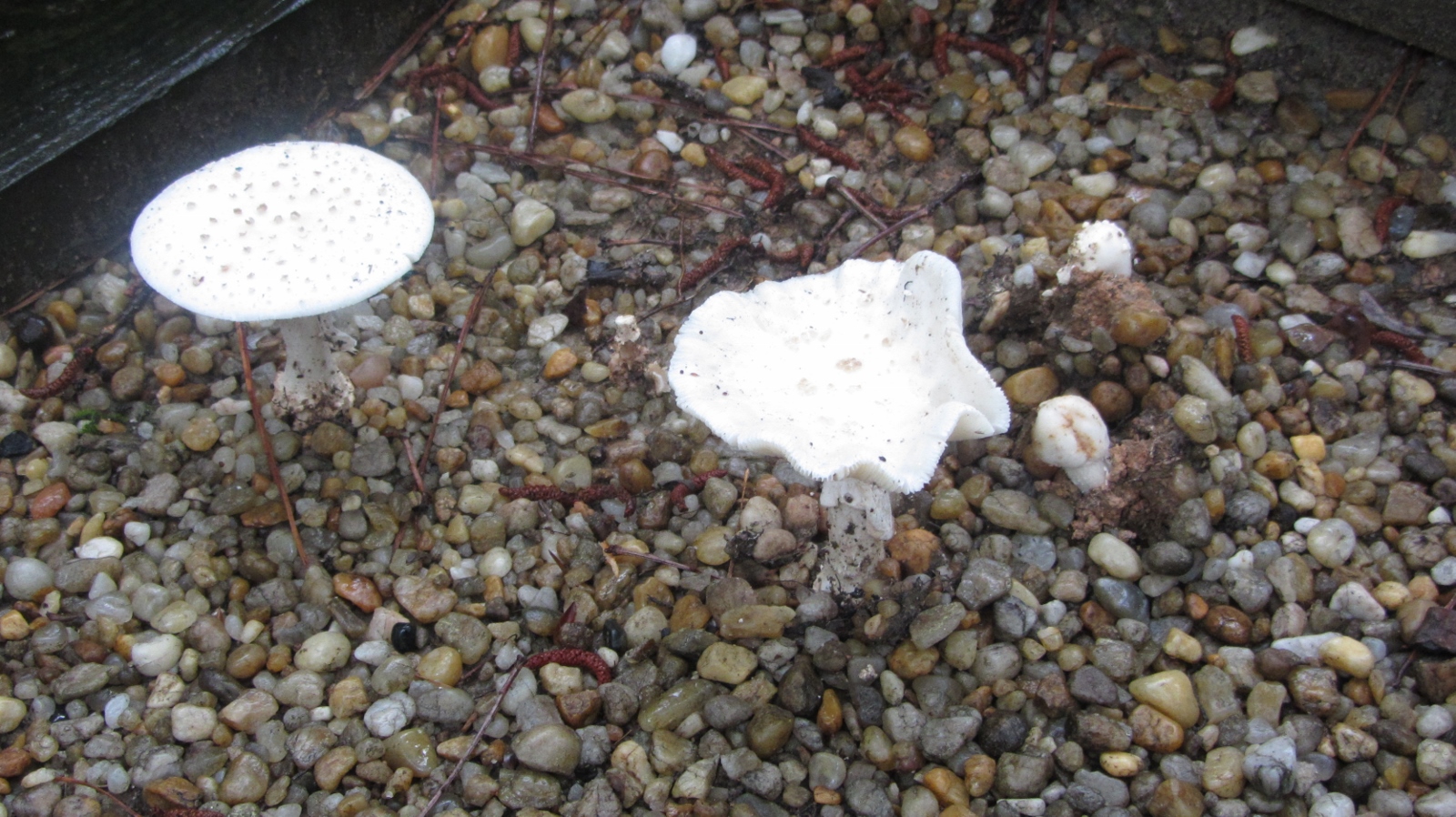
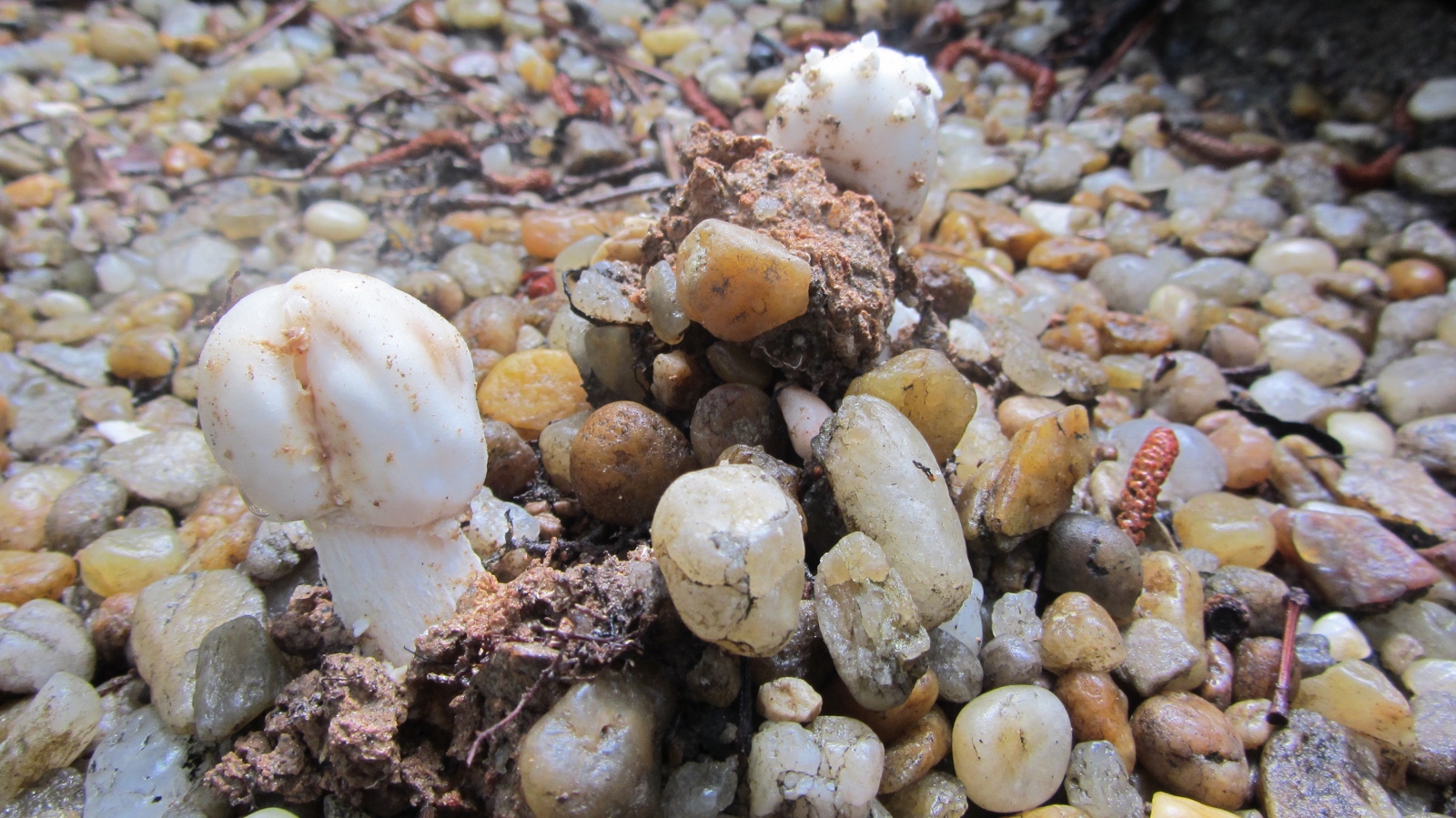

1 comment:
you are invited to follow my blog
Post a Comment